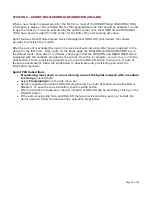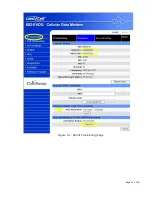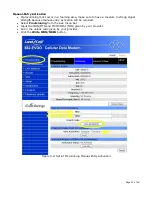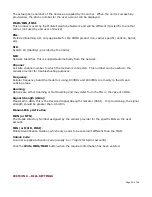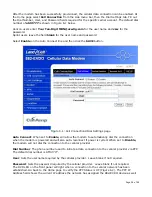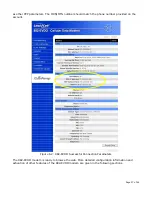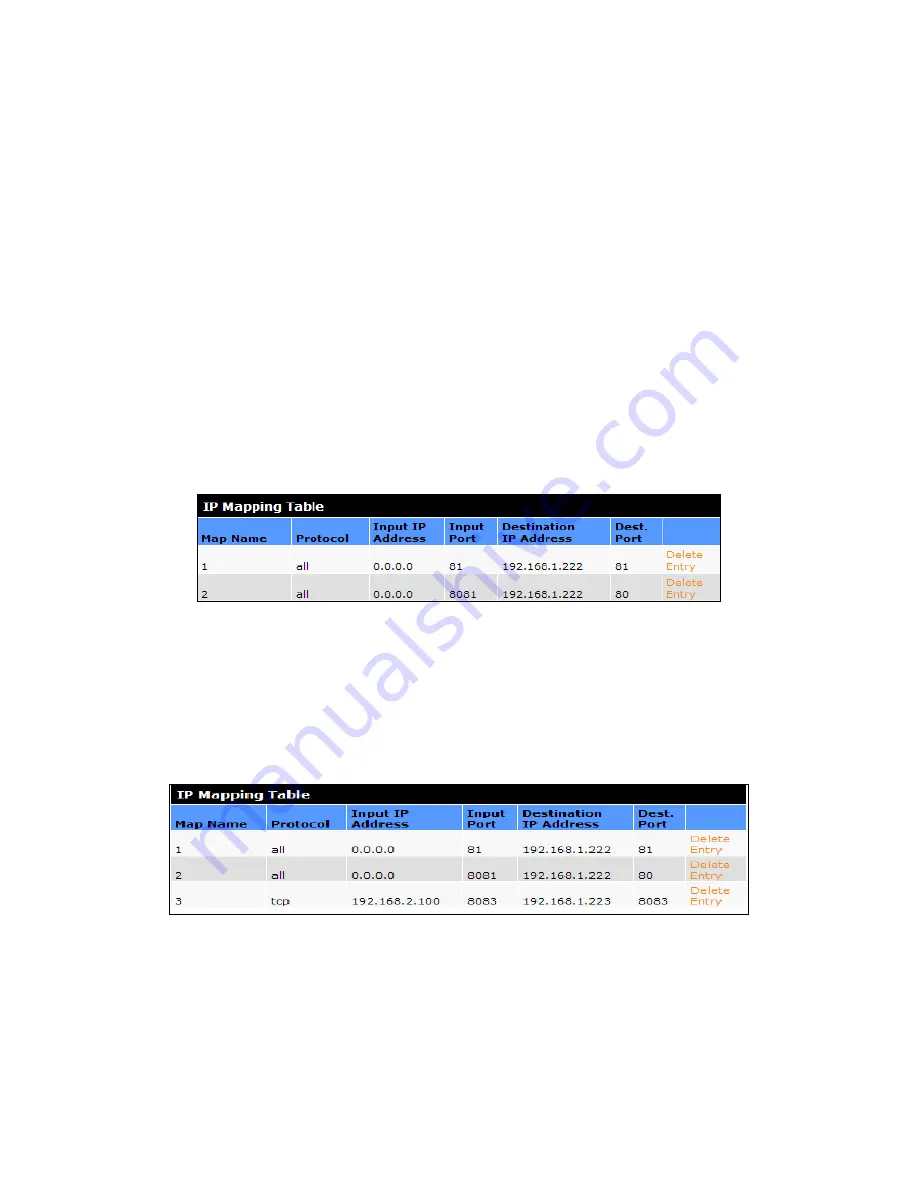
Page 34 of 62
Inbound Port:
This sets the external port number for incoming requests. To avoid conflict, never reuse any of the
same ports as described in the DMZ section above.
Destination IP Address:
The IP address of the tethered device for which the port specified in the inbound port field will be
forwarded to.
Destination Port:
This sets the LAN port number used when forwarding to the destination IP address.
As an example, if it were required that all incoming addresses using port 81 and 8081 be routed to
IP address 192.168.1.222 on port 80 then the following information would be entered.
First, set the mapping name to 1, set the protocol to all, set the input IP address to 0.0.0.0 and the
incoming port to 81, set the destination IP address to 192.168.1.222 and the destination port to 80,
then click the ADD button. This will set the first entry in the table as Item 1.
To route port 8081 as well, enter a mapping name of 2, set the protocol to all, set the input IP
address to 0.0.0.0 and the incoming port to 8081, then set the destination IP address and port to
the same values as before and click the ADD button. A second entry will be created as item 2,
shown in Figure 9.2 below.
Figure 9.2: Port Forwarding Mapping Table example 1
As a second example, add the requirement to forward information from IP address 66.94.234.13,
port 8083 to IP address 192.168.1.223, port 8083 using the tcp protocol.
Enter a mapping name of 3, set the protocol to tcp, set the input IP address to 66.94.234.13 and the
incoming port to 8083, then set the destination IP address to 192.168.1.223 and the destination
port to 8083, then click the ADD button. A third entry will be created as item 3, shown in Figure 9.3
below.
Figure 9.3: Forwarding Mapping Table example 2

